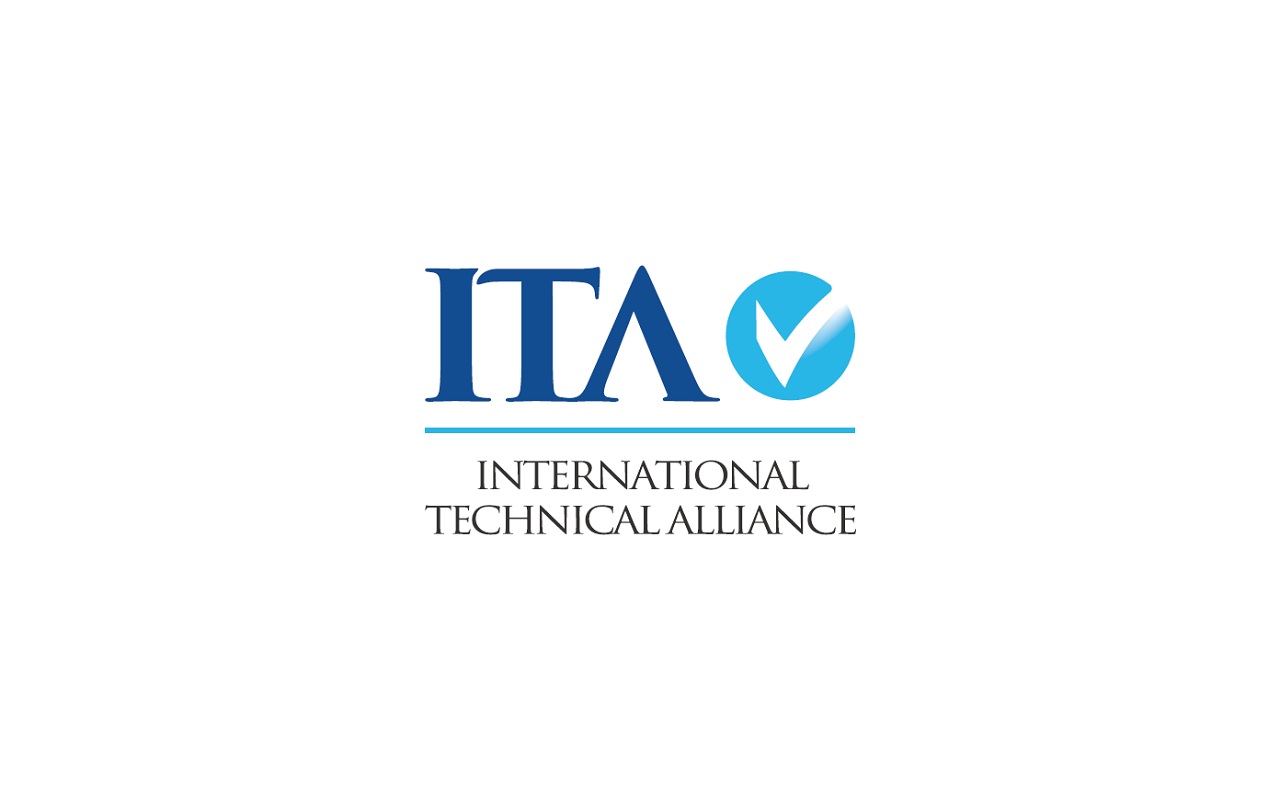Be informed that at the end of October 2022, the International Organization for Standardization (ISO) published a new version of the international standard ISO/IEC 27001:2022. This means that all organizations certified to the old version of the standard – ISO/IEC 27001:2013, have a 3-year period to transition to the new version until 31 October 2025. The upgrade audits to ISO/IEC 27001:2022 may be done during a planned annual Surveillance or Recertification audit, or by planning a special extraordinary audit.
International Technical Alliance already submitted its ITA ISO 27001 Transition Plan to ACCREDIA for review.
More information, including regarding all required actions and deadlines for transition of your ISO 27001 certification to the new version of the standard, may be found here: ISO 27001_2022 transition information.pdf.

